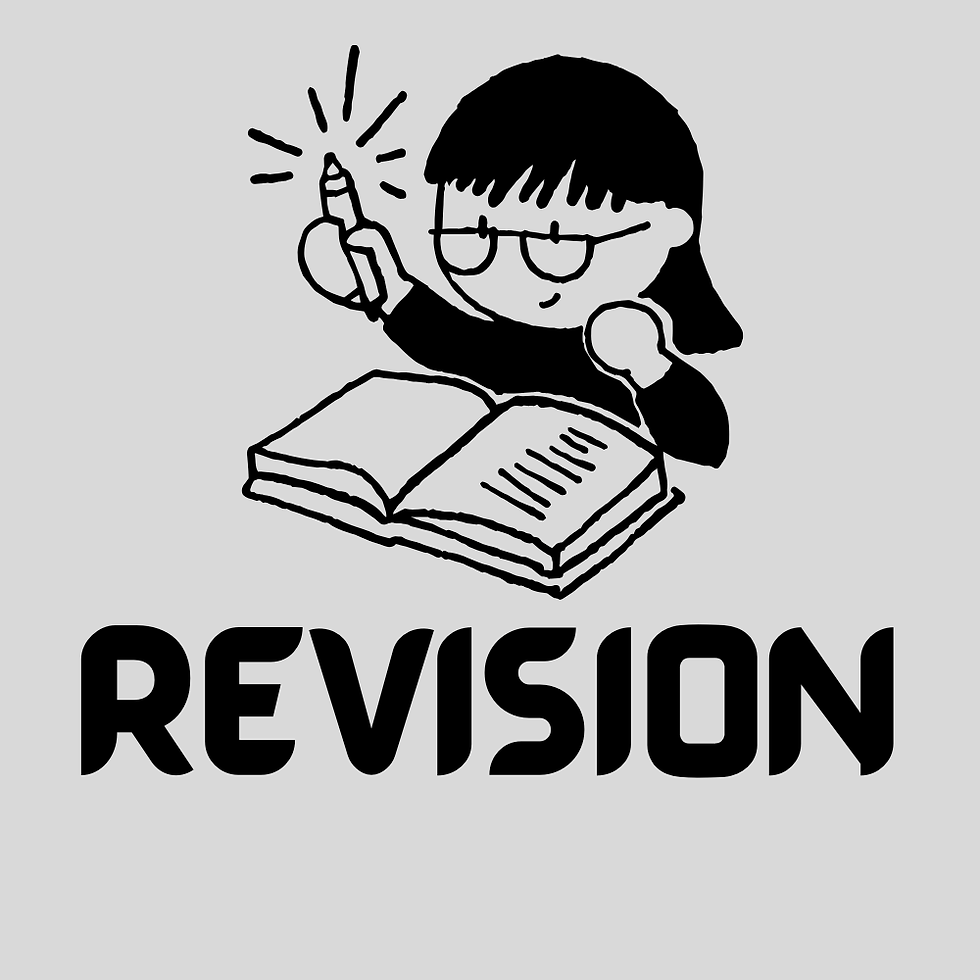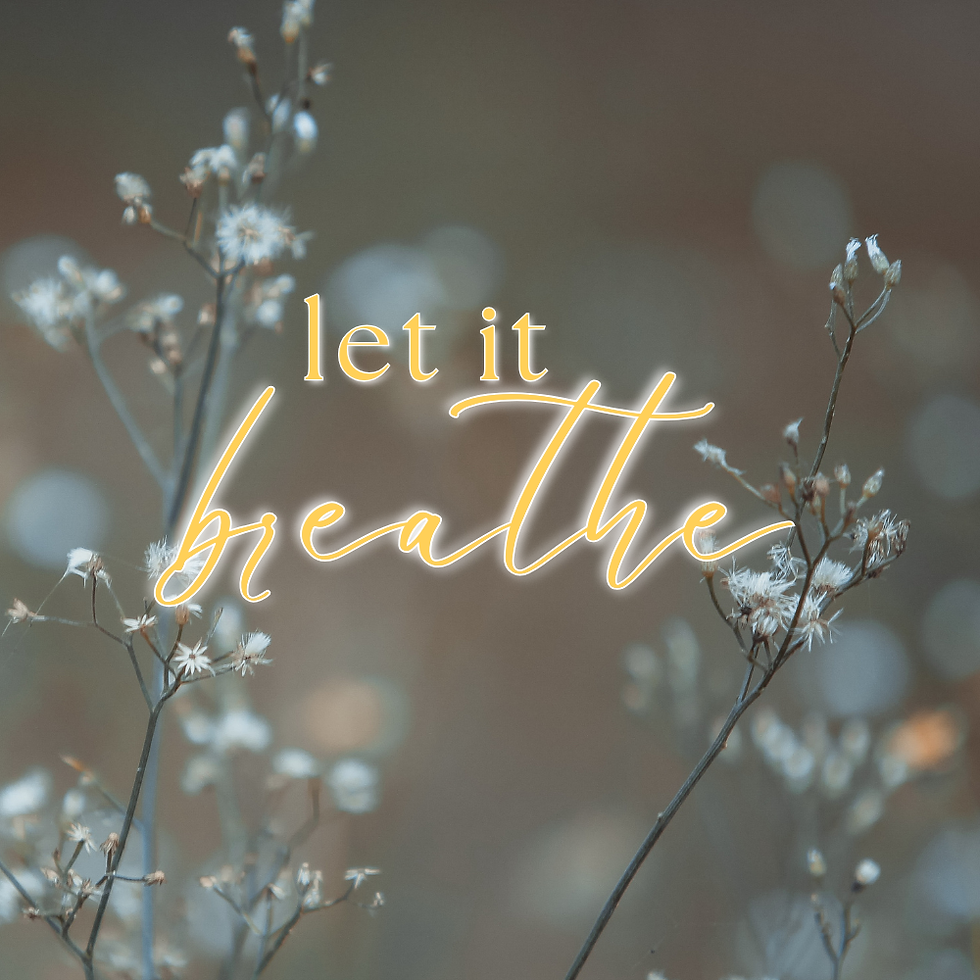Reading Recs Based On Different Writing Styles
- Julianna Holshue
- Oct 8, 2020
- 6 min read
Updated: Sep 12, 2022

Whether you want to explore a new style or dive deeper into one you are already comfortable with, check out these book recommendations based on a variety of styles.
What is “style” in a literary sense? Simply put, it is the way in which a writer writes or their “voice.” A writer’s style can be recognized through their use of a number of the following writing techniques: tone, word choice, syntax, grammar, punctuation, language, literary devices, point of view, length, etc.
There are four main types of writing which first come to mind: expository, descriptive, persuasive, and narrative. Expository is writing meant to deliver facts, information, and data to the audience, such as recipes or textbooks. Descriptive writing is writing which is well, quite descriptive, so think poetry and journal entries. Persuasive writing is writing meant to persuade, such as advertisements and cover letters. Finally, narrative writing can either be fiction or nonfiction, and it is typically a longer work that has a plot and characters, such as novels, novellas, short stories, and poetry. Now, let us delve deeper into the types of styles associated with narrative writing, which in short, communicates a story.
Remember, it is okay to take inspiration from other writers, but it is never okay to plagiarize which is taking credit for another’s work or ideas.
Styles
Stream of Consciousness
This narrative technique was popularized by 20th-century writers such as Virginia Woolf and James Joyce. This style is a continuous flow of the character’s thoughts in which the narrative’s plot is described and laid before the reader. Think of this style as a running tap of water. Every drop drips and accumulates in the sink to flow into one large puddle at the bottom of the bowl. With this style, there is a sense of fluidity or a sort of natural continuation, and even sometimes a sense of overwhelming flooding in scenes of action or heightened emotion. If this style interests you, check out Virginia Woolf’s Mrs. Dalloway and James Joyce’s Ulysses.
Modernist
The Modernist movement in literature emerged as a response to the horrific truths and consequences of the first World War. Modernist writers confronted the alienation, destruction, and individualism felt after the war. Writers also had the chance to experiment and invent new ways of writing as society broke away from old ideas and tried to grapple with the realities of a new, broken society. The first Modernist author that comes to mind is the great T.S. Eliot. One of my favorite poems of his is “The Love Song of J. Alfred Prufrock.” Its imagery is haunting and its interpretive possibilities are endless. James Joyce’s “The Dead” has a poignant ending that took my breath away. I also highly recommend Kate Chopin’s The Awakening, and to be honest, everything ever written by Virgina Woolf!
Absurdist
Writers in the 50s and 60s who claimed their works are devoid of meaning or purpose most likely belonged to The Theatre of the Absurd which was a post WWII literary movement in the theatre. If you are ever in the mood for silly character interactions, bizarre events, confusing plot points, and an overall deprivation of logical and purpose in your story, then Samuel Beckett’s wonderfully entertaining play, Waiting for Godot, is perfect for you!
Douglas Adams
I don’t know about you guys, but have you ever received a collection of books for your birthday and worried that you wouldn’t like it? I have, and it was The Hitchhiker’s Guide to the Galaxy series which I wound up loving! Douglas Adams’s style has this refreshing sense of dry humor, a silly, entertaining quality, and a witty spirit of creativity. His characterization is unique and his descriptions of his space settings will blow you away. To be honest, I have yet to have read an author that even comes close to his quirky style.
Ernest Hemingway
I am sure that many of you have either read or heard about Ernest Hemingway and his writings. I believe it was his short story, “Hills Like White Elephants”, was the first story of his that I read. I was amazed by how much he was able to say in what he chose to omit in his story. His lines are succinct and precise and possibly at a first glance simple even, but I assure you he is a master of short sentences which pack a punch. I recommend his writings if you are looking for a seemingly straightforward story judging by the length of its sentences, but nevertheless, a story filled with meaning, symbolism, and interpretation.
Charles Dickens
Before taking my British Literature II class, I was told by a fellow English student that I should just skip over the parts in which he drones on and on about the little details of what buildings, roads, and rivers looked like and go straight into the action, and to be honest, I listened. Dickens is mostly known for his long winded descriptions, but also his use of satire and humor which get you through the long-winded descriptions, and so, if you don’t mind reading pages and pages of detail, then Dickens is your guy! As for my personal recommendation, I enjoyed Hard Times which is a usual, yet interesting Dickens work.
Imagist
I feel as though this early twentieth century literary movement deserves more attention and praise. Imagists focused on creating enticing yet simple visuals for their short, often less than twelve line, poems. These easily digestible poems harbor precise images and convey clear emotions. As for some of my favorites, I have to include these two by William Carlos Williams, “The Red Wheelbarrow” and “This Is Just To Say”, because they are classics and rightfully so!
Ezra Pound has some amazing poems as well, such as “In a Station of the Metro”, “Women Before a Shop”, and “L’Art, 1910.” My favorite Wallace Stevens’s poem is “Anecdote of the Jar.” As for the Imagist women, H.D. and Amy Lowell were well known for their contributions such as “The Pool” by H.D. and the “Circumstance”, “A Year Passes”, “Vespers”, and “Middle Age" by Lowell.
Idiosyncratic Use of Punctuation
Ever since my first year at college, there has been a special spot in my heart for E.E. Cummings. To put it in a few words, it was his idiosyncratic style that attracted me to his poetry. Not only do his words matter, but also the way they are formatted on the page. When I read his poetry out loud, it’s like rubbing butter on my ears. Some of my favorites of his are: “[in Just-]”, “l(a”, “may i feel said he”, and “i have found what you are like.”
Cummings is not the only one known for his playful use of formatting and punctuation, so is Emily Dickinson, the master of the em dash. Dickinson as a person has always interested me and the amount of moving poems she wrote is quite impressive. My favorite poems of hers are: “They shut me up in Prose- (445)”, “Because I could not stop for Death-(479)”, and “I heard a Fly buzz - when I died - (591).”
Confessional
This style of poetry blossomed in the 50s and 60s under writers such as Sylvia Plath, Anne Sexton, and Elizabeth Bishop. These poets disclosed their intimate feelings and drew from their vulnerable and painful experiences with subjects which were seen as taboo such as mental illness, intimate relationships, sex, and addiction. If you are looking for emotionally honest reads, then I highly recommend “You’re” by Sylvia Plath, “The Ambition Bird” by Anne Sexton, and “The Fish” by Elizabeth Bishop. But don’t just stop with these three poems, I encourage you to delve deeper into the works of these talented female authors.
First Nation Storytelling
In my Senior Seminar class, I discovered a style of storytelling that I wish I was introduced to way sooner- First Nation storytelling. The two female writers whose work resonated with me the most were Joy Harjo, a writer of the Muscogee (Creek) Nation and the United States’s first Native American Poet Laureate, and Leslie Marmon Silko, a Laguna Pueblo Indian writer whose purpose of writing, as she puts it in one Penguin Random House article, is “‘the attempt to identify what it is to be a half-breed or mixed-blood person.’”
Both authors incorporate traditional storytelling elements into their stories which were passed down through generations in their tribes. Harjo’s poetry collection, “She Had Some Horses”, is bursting with powerful symbolism and intriguing imagery revolving around womanhood, and if you are looking to read about the trauma and need for healing in the post-WWII Native American experience, I highly recommend Silko’s fantastic novel, Ceremony.
Storytelling Through Twitter
I think I will always remember Jennifer Egan’s short story “Black Box.” It was the first 2nd person narration story I read and the first story I read that was originally told in a series of forty-seven tweets on Twitter. This sci-fi story with a female spy protagonist had me on the edge of my seat through my entire read. I hope more authors make further use of this modern medium to make their stories more accessible to readers.
I hope you find some new styles you love and happy reading everyone!
About the author: Julianna Holshue is in her final semester as an English major and Creative Writing minor at Rowan University. She is the Media Editor of the Glassworks magazine, a publication of Rowan University’s Master of Arts in Writing, and is looking to pursue a career in editing and creative writing. When she is not analyzing writing or creating poetry, she can be found making desserts, going on nature walks, and listening to spooky podcasts. Follow her on LinkedIn.
.png)



Comments